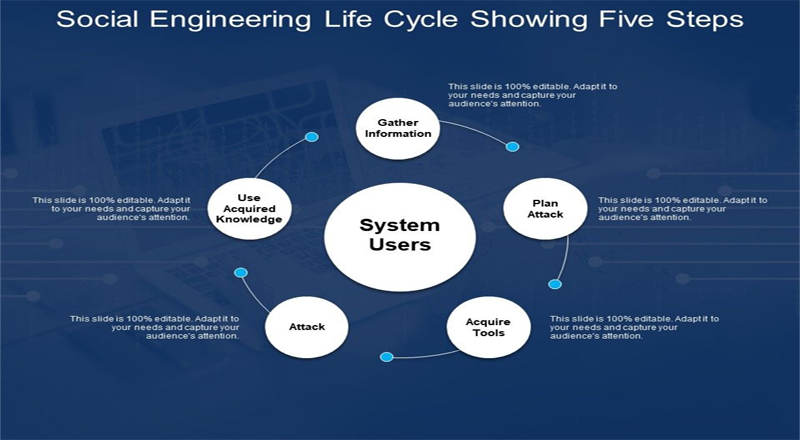Social Engineering is nothing but the hacking of humans. It is using knowledge of human behaviour to elicit a defined response. This attack type tends to go unnoticed by the general populace as there is not enough awareness about the methods of infiltration implemented by hackers or a legitimate solution to the problems such as investing in new technology. A report from Beyond security says, Not all cybersecurity threats and attacks occur on hardware and software components. Instead, humans are also vulnerable to social engineering attacks, a kind of cyber-attack. Social engineering psychologically manipulates people to trick them into performing actions or revealing sensitive information by systematic Study of human behaviour, interaction and societal norms. Actions can be predicted quite accurately.
Actions can also be influenced quite easily and other security breaches. Many people open spam emails and download malicious attachments or open the infected links inside the emails. Since social engineering is a human-based attack and not all humans are equally trained against social engineering attacks, thus, there are great chances that social engineering will prove to be a major threat for organizations in 2020. The ongoing psychological situation coupled with the technical unpreparedness of a good part of the population ends up helping social engineering attacks to become the main threats of the year 2020.
Secondly, despite being largely neglected, we must be well prepared for security in digital media, since more than 40% of failures and attacks in this regard are not associated with the technology itself, but with people and the way data, information and systems are used in our workplace or at home office or home.
The fastest-growing crime at the global level is “financial crimes”. Social Engineering is an integral component of this type of attack in nearly 1 of 3 successful data breaches, and it’s on the rise. You must know about Social engineering to avoid making it easier for social engineers to trick you into divulging your login credentials than to try and hack into your account. Unless, of course, you have a very weak and predictable password. Nowadays, LinkedIn has been the focus of online scams and phishing attacks for a number of years now, primarily because of the wealth of data it offers on employees at corporations. Malicious actors mine that data to identify potential marks for business email compromise attacks, including wire transfer and W-2 social engineering scams, as well as a number of other creative ruses. Social engineering is nothing more than a con-game, the old “Long Con” has been ported to the digital world.
Your ultimate protection lies in your choice whether to download that app or not, or to limit the use of your smartphone to only making phone calls. When deciding to load any smartphone services, in most cases, you must agree with non-negotiable terms and conditions of the provider. Finally, Privacy cannot be protected by government regulations or “bolt on” security products – it has to become an integral part of any mobile platform and application. A new holistic approach is the need of the hour to defend us from social engineering and deepfake kind cyber threat with a comprehensive anti-hacking, anti-tapping solution encapsulating various tactics and services working together to provide your life and business seamless, highly secured and open communications to perform at its best.





